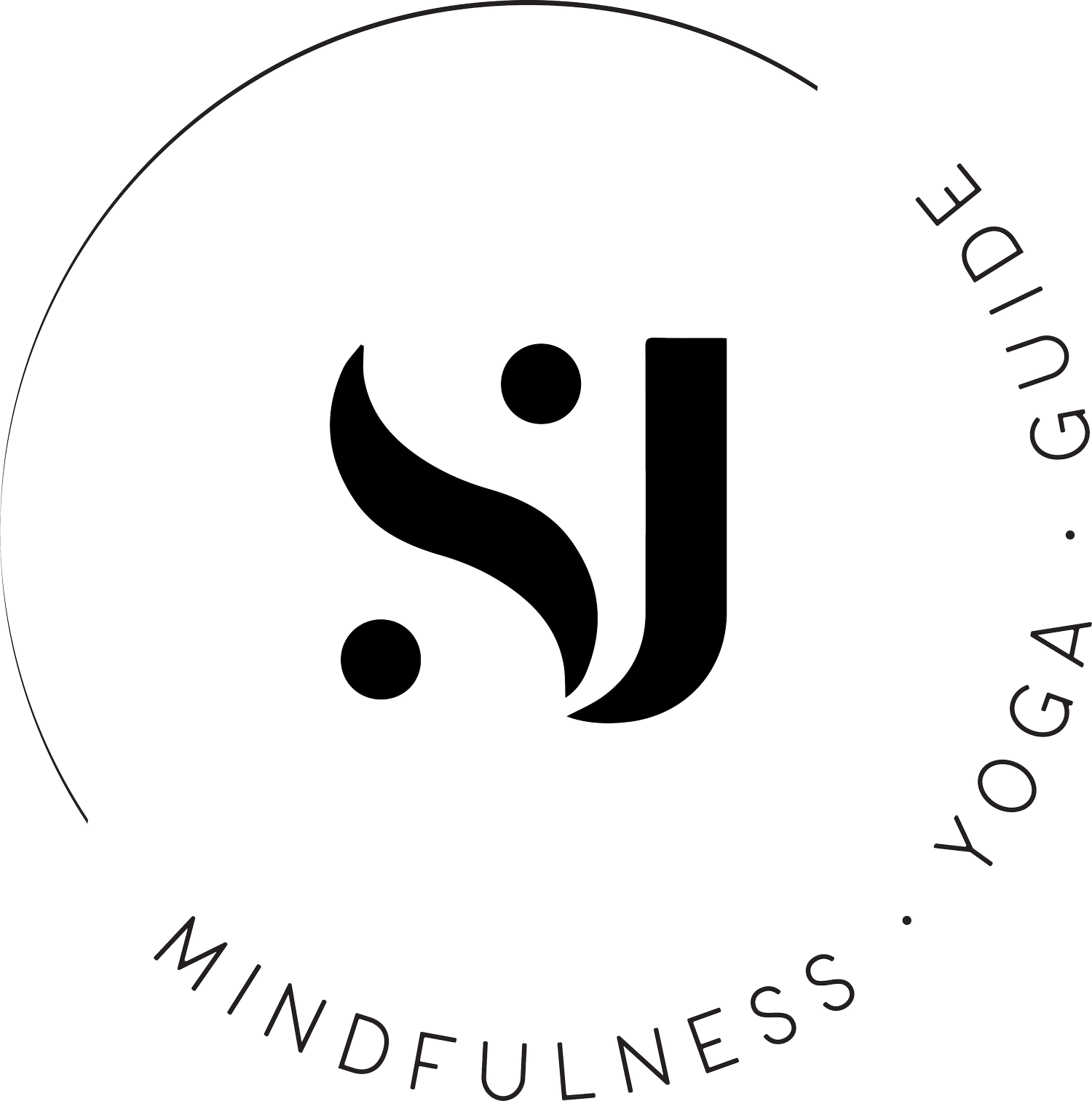Breath in yoga and in life…
Being reminded to breathe is usually a typical part of a yoga class. One often hears cues such as be aware of your breath, connect to your breath, breathe consciously, etc. So what’s the link between yoga and breath, other than the obvious that our breath keeps us alive?
We begin by remembering that yoga at its core is a spiritual practice aimed at creating a deep mind-body connection beneficial for calming the mind and understanding the self while accessing deeper levels of consciousness. Yoga by definition means union or yoke-it’s the union or yoking of breath, body and mind. The poses in yoga, which are only a tiny part of the practice, came to be solely as a method to achieve optimal breathing. The breath, therefore, is a strong and valuable tool to gain access to and navigate different levels of consciousness. As James Clear writes in Atomic Habits, “You are much more than your conscious self.”
So what actually happens when we breathe consciously? For one, our breath always lives in the present moment, unlike our minds. Therefore, breathing consciously is a way to access present moment awareness and get in touch with how we are feeling rather than staying on the surface with our thinking mind. In addition, breathing consciously stimulates the cerebral cortex and the more evolved areas of the brain rather than relying on our primitive brain through unconscious breathing. There’s a reason we don’t spend a lot of time thinking about breathing. It’s an automatic process driven by the oldest and most primitive part of the brain: the brainstem. However, modern science is beginning to catch up and recognize the effects of breathing consciously or even practicing particular breathwork as a way to activate the cerebral cortex to induce a relaxing and balancing effect on our emotions which in essence causes consciousness to rise from the primitive/instinctual to the evolved/elevated. This is powerful stuff! Through the act of breathing consciously we hold the capacity to affect our mental, emotional and physical states. In essence we can move ourselves away from autopilot and our conditioned ways of reacting and show up perhaps with more skillful actions, thought and behavior just by using the tool of our breath.
The trick here is that it takes practice to remember to do something intentionally that happens automatically and this is the beauty of yoga. Our mats become our training ground where we are guided to remember to breathe intentionally while sitting, while moving, while holding a pose, while lying down in savasana, etc. We then take this practice off of our mats back into life and then try to breathe consciously while driving, waiting in line, mired in a difficult conversation, etc. The result of just this simple act of remembering to breathe consciously has the potential for profound effects on general well being including the immune system and nervous system. There’s real beauty in being in touch with our breathing and it’s generally much more accurate of a barometer than our thinking mind, since our breath will often tell us we’re feeling something before our thinking mind can articulate it.
There’s such magic in the breath, yet we often don’t still ourselves long enough to remember. Jon Kabat Zinn, renowned meditation teacher writes, “If you’re breathing, there’s more right with you than wrong.” Our minds like to think big, extravagant change is needed…a vacation, a gym membership, the ability to execute a complex yoga pose, a spa day, etc. There’s certainly nothing wrong with any of these and I would take all of the above. However, in the meantime when life is in full force just remembering to breathe whether on a cushion or doing mundane tasks just might be the simplest antidote. Our breath is certainly always at our disposal and seems like a much underutilized tool. Try it out and see for yourself and let me know how it goes.
